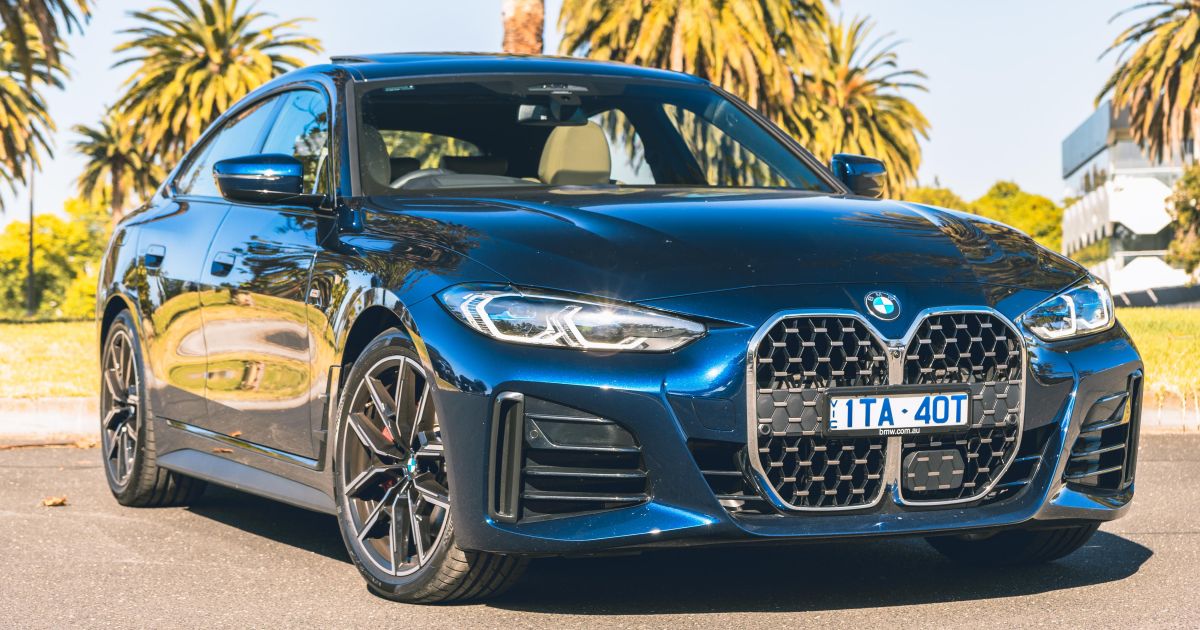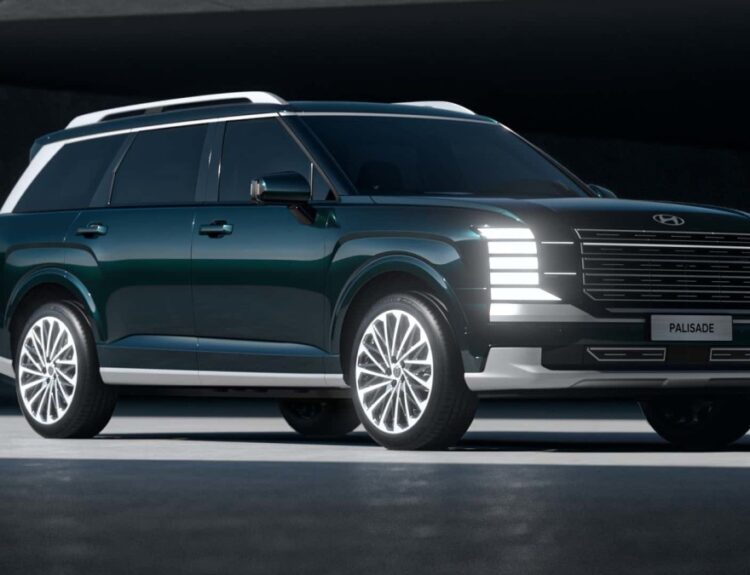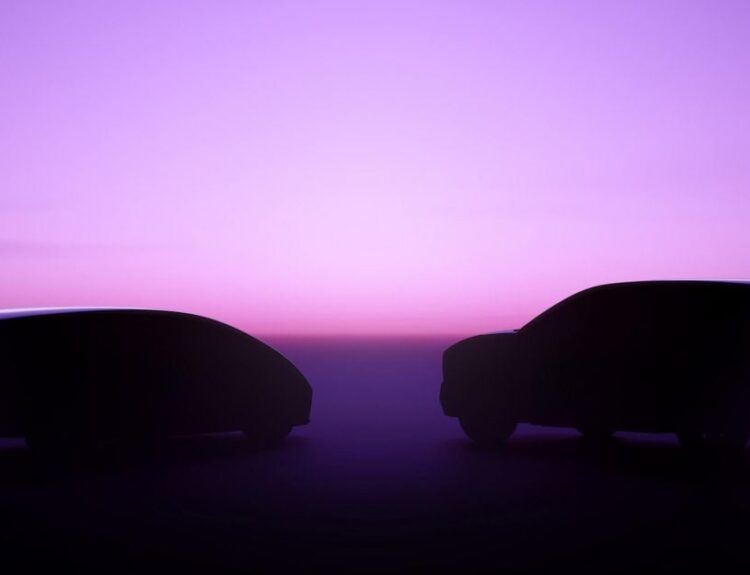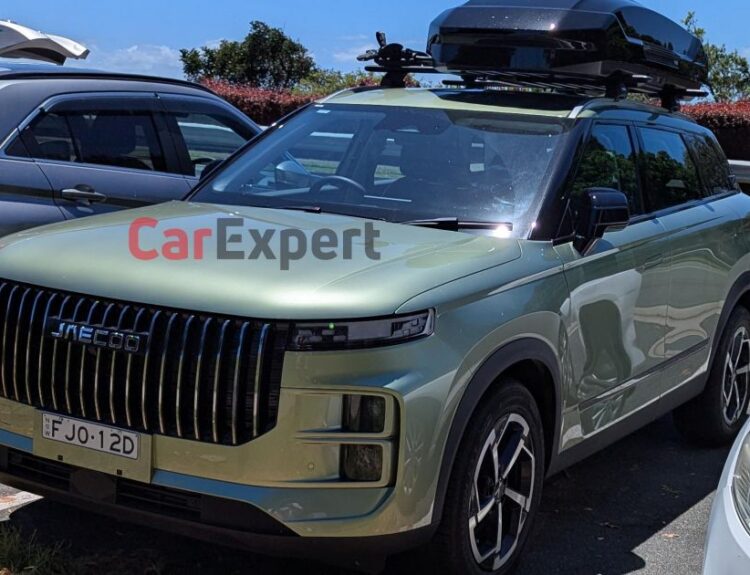2024: A Pivotal Year for Australia’s Automotive Landscape
The year 2024 proved transformative for the Australian automotive market, characterized by an influx of new vehicle launches and the introduction of the latest iterations of pivotal models, including the Toyota LandCruiser Prado. This period also marked the emergence of several Chinese automotive brands, signaling a shift in the competitive landscape.
However, it was not all about new beginnings; the year witnessed the exit of numerous car models from Australia, most notably Citroen, once the longest-standing brand in the nation.
In light of the significant number of model discontinuations, it became necessary to delineate the numerous SUVs removed from the market in a separate discussion.
Continue reading below for a comprehensive overview of the passenger cars that bid farewell in 2024, or click on the links to navigate directly to the vehicle of your interest.
The BMW 4 Series Gran Coupe: A Transition to Electric
Those enamored with the design of the BMW 4 Series Gran Coupe can acclimate to the fact that it will continue to exist in an electric guise, albeit at the expense of its combustion equivalent.
BMW unveiled refreshed iterations of both the 4 Series Gran Coupe and its electric counterpart, the i4, back in April of 2024, although it refrained from announcing the fate of the gas-powered version.
Interestingly, the electric i4 has outpaced the petrol variant in sales, with 1,866 units sold in Australia compared to just 243 of the 4 Series Gran Coupe by the end of November. This marked discrepancy led to the decision to discontinue the petrol-powered models altogether.
A spokesperson for BMW Australia noted, “The high volume of new BMW models released locally prompts a continuous evaluation of our product lineup based on customer demand and our dedication to delivering tailored products.” This assessment has necessitated a restructuring of the BMW 4 Series Gran Coupe portfolio.
The Gran Coupe was originally one of the brand’s several ventures into niche naming conventions, joining the ranks of various models from coupes to four-door sedans. The second-generation version premiered in June 2021, embracing a bold double-kidney grille similar to other 4 Series vehicles. Despite its electric version’s introduction, it never saw a high-performance M variant, a trend echoed in its predecessor.
With the discontinuation of the base 420i in 2023, only two variants remain: the rear-wheel-drive 430i and the all-wheel-drive M440i xDrive. Notably, the Gran Coupe offered enhanced practicality over the 3 Series sedan but at a premium of up to $14,100 more.
The zenith of Gran Coupe sales occurred in 2015 and 2022, with both years recording 858 units sold, coinciding with the respective launches of their generations.
The Departure of Citroen: A Long Goodbye
Citroen’s presence in Australia had become increasingly tenuous, with sales dwindling from a high of 3,803 units in 2007 to less than 1,000 annual sales by 2016. The decision by Peugeot Citroen Australia to designate Peugeot as its exclusive commercial brand only exacerbated the situation, leading to the loss of pivotal models like the Berlingo.
Despite attempts to revitalize the brand with the launch of the C4 in 2021 and the C5 X in 2022, Citroen struggled to regain traction in the sector. These models were characterized by unconventional styling, often straddling the line between traditional sedans and SUVs, a classification that seemed to alienate potential buyers.
The sales trajectory of the C4 and C5 X mirrored Citroen’s decline, as evidenced by their lackluster performance in the market. By the time orders were ceased in August 2024, Citroen had managed to sell just 200 C4s and 168 C5 Xs in Australia, underlining the brand’s irrelevance.
As Citroen prepares to exit the Australian market after over a century, its legacy reflects a significant shift in consumer preferences and the relentless evolution within the automotive landscape.
An Array of Departures: A Snapshot of Other Notable Vehicle Axing
Fiat 500: While still in production, the charm of the Fiat 500 is fading as the petrol-powered variant was discontinued in August. The new-generation Fiat 500e is set to take its place alongside a hybrid variant.
Jaguar F-Type: The culmination of Jaguar’s iconic sports car lineage, the F-Type, is set to close its production chapter in 2024, following a decade of modern reinvention.
Jaguar XE and XF: Jaguar’s foray into the compact sedan segment with the XE and the 5-Series contender XF met with disappointing sales outcomes, leading to their discontinuation as Jaguar pivots towards electric-only models.
Maserati Ghibli and Quattroporte: These once-stalwart competitors in the luxury sedan market struggled to maintain relevance and are being phased out as Maserati shifts focus towards electric vehicles.
Peugeot 508 and Renault Megane: Peugeot’s decision to discontinue the 508 amidst declining mid-sized car sales is a testament to the ongoing automotive evolution. Similarly, the Renault Megane is transitioning into an electric era, leaving behind its combustion-powered legacy.
Mini Clubman: After years of service, the Mini Clubman has ended production, overshadowed by the more popular Countryman SUV.
As Australia gears up for an influx of electric and hybrid models, the industry reflects on the models that have departed, marking an era of profound change.
Stay tuned for further insights as we delve deeper into the shifting tides of the automotive marketplace.
Source:www.carexpert.com.au






